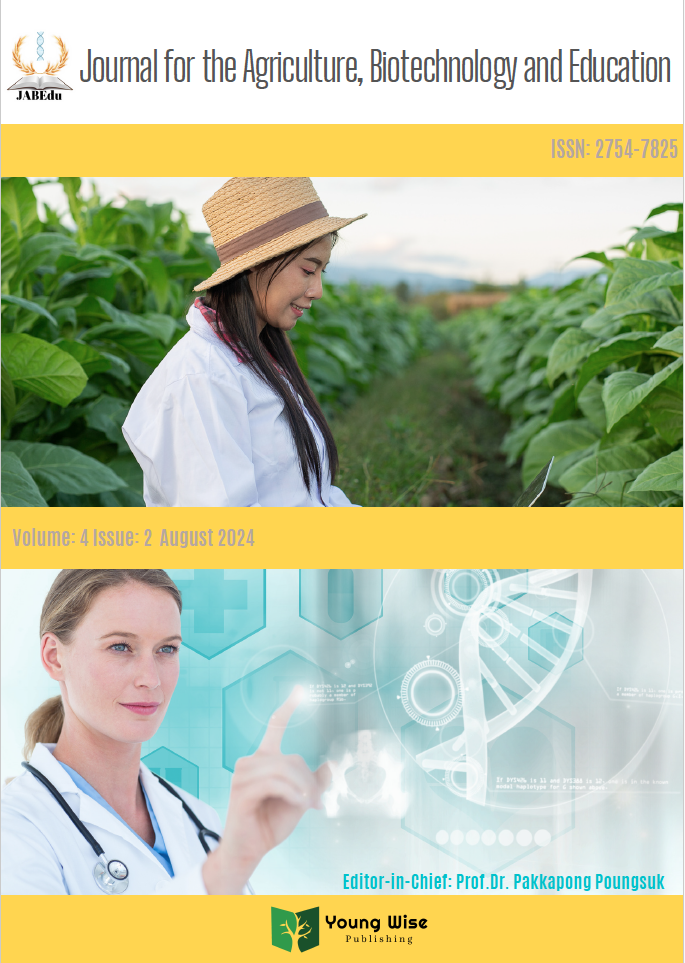The process of producing Paedrew Giant seabass with the participation of farmers to register for geographical indication
Keywords:
Process of producing Giant seabass, Paedrew Giant seabass, Register for geographical indicationAbstract
The research aims to study and compile the production process of PaedRiew Giant Sea Bass with local farmers and analyze this process in preparation for Geographical Indication (GI) registration. The study focused on 29 groups of giant sea bass farmers in Bang Kluea Sub-district, Bang Pakong District, Chachoengsao Province. A participatory approach was employed to understand the production process, including ecological concepts and practical techniques for cultivating giant sea bass. Data were collected directly from the production areas, and the information was presented using visual flow diagrams, accompanied by detailed descriptions. The findings highlight that the giant sea bass farming group in Bang Kluea is characterized by advanced aquaculture techniques, expert farm management, superior fish breeds, and high-quality water. These factors enable year-round farming of giant sea bass, which typically reach 5-8 kilograms after 18-20 months, due to the unique salinity conditions of the Bang Pakong River. In contrast, other areas can only raise smaller white snapper (700-900 grams) within 4-5 months. The Chachoengsao group practices a comprehensive farming process, from breeding to growing fish to giant size, ensuring high survival and growth rates. The fish produced are known for their large size, firm and chewy texture, high nutritional value (rich in omega 3 and 6), and absence of fishy odor, thanks to a specialized bleeding technique called “Ike-jime,” adapted from Japanese practices. This technique maintains the freshness and quality of the fish, resulting in white, clear flesh with a good texture. Additionally, the fish exhibit a rainbow-colored sheen due to a curing process that integrates fat into the flesh. The entire production process is divided into three main stages: the production of white snapper fry, raising the fish to market size, and growing them into giant sea bass. Throughout each stage, there is a strong emphasis on maintaining high standards of quality, which is crucial for meeting the criteria required for GI registration. This comprehensive approach not only enhances the product's market value but also positions PaedRiew Giant Sea Bass as a unique and high-quality product suitable for both local and international markets.




